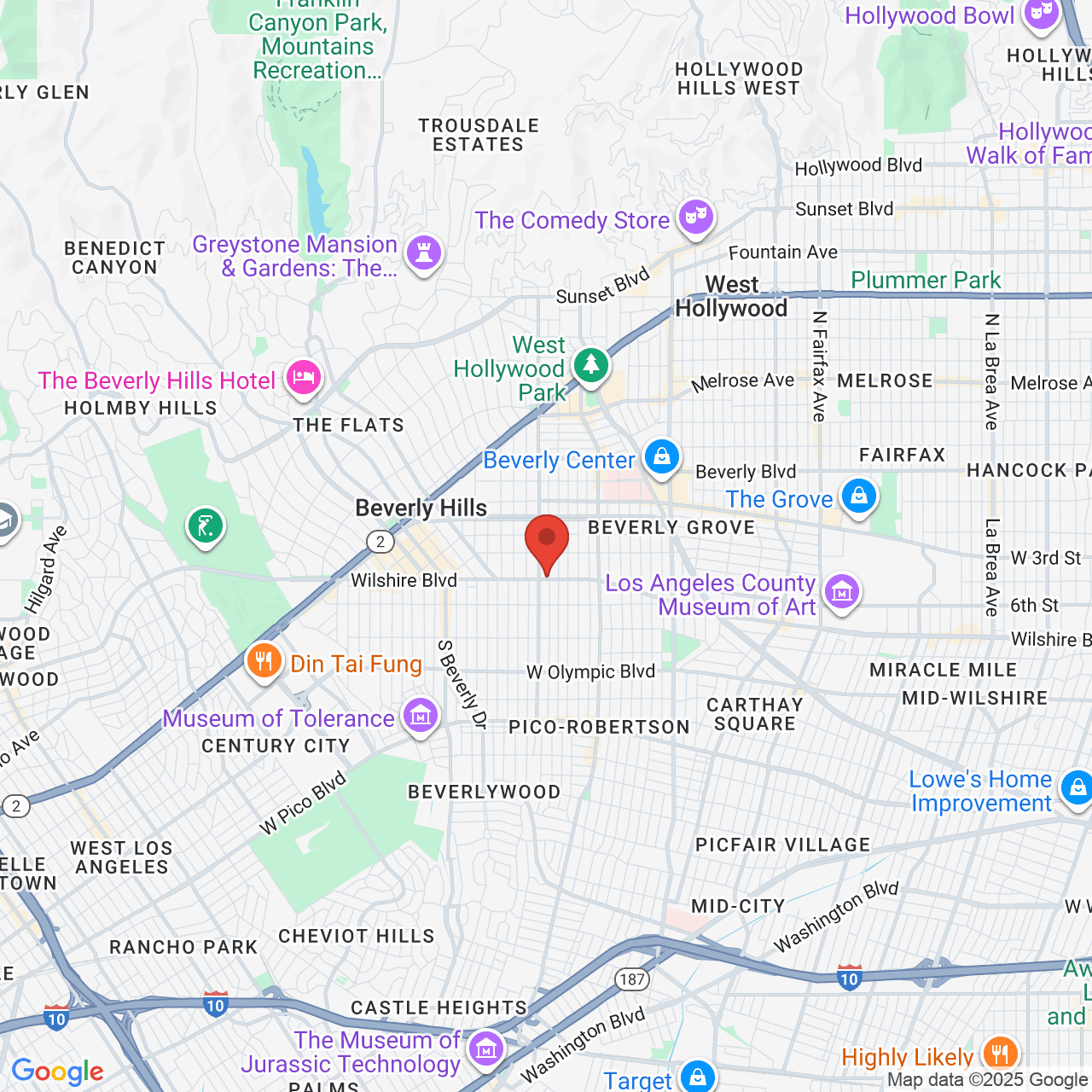The Relationship Between Microtia and Atresia
 Microtia and atresia are both congenital conditions that affect the development of the ear. Microtia is often paired with aural atresia, because both ear deformities occur during development in the womb, yet one condition may occur without the other.
Microtia and atresia are both congenital conditions that affect the development of the ear. Microtia is often paired with aural atresia, because both ear deformities occur during development in the womb, yet one condition may occur without the other.
Dr. John Reinisch has helped over 4,000 children with microtia around the globe. His main office is located in sunny Beverly Hills, CA. As the leading expert in microtia surgery, Dr. Reinisch’s legacy lives on in over 200 surgeons that he trained from 25 different countries. Below, we consider the relationship between these two congenital conditions.
Microtia
Microtia happens when one ear is not formed properly and appears significantly smaller than the other ear. The severity of microtia is defined by the amount of visible ear that has developed:
- Grade 1: Least severe. One ear is smaller than the other ear, but most typical features are present.
- Grade 2: The upper ear is severely deficient, but some typical features are present. The middle ear canal may or may not be present.
- Grade 3: A small amount of displaced cartridge is present just above the ear lobe. In most cases, the middle ear canal is absent.
- Grade 4: Most severe. Anotia is the complete absence of the external ear structure and middle ear canal.
Atresia
Aural atresia is the absence of the canal in the middle ear, and it affects the quality of hearing. The ear canal guides sound waves from your outer ear to your eardrum. Atresia can make it difficult to hear or cause total loss of hearing.
Sometimes a “blind pouch” forms in the middle ear. A blind pouch looks like an ear canal, but there is no functional connection into the middle ear.
Microtia without Atresia
Microtia without Artesia is rare, but not impossible. Chromosome 18q- syndrome is the only known source of atresia without microtia. Chromosome 18q- syndrome is an uncommon, congenital chromosomal disorder. Part of the long arm (q) of chromosome 18 is erased, causing Chromosome 18q- syndrome.
Signs and symptoms of Chromosome 18q- syndrome differ from case to case. Malformations of the ears can be an indicator. Outer ears of patients with Chromosome 18q- syndrome may appear abnormally prominent or flat. Ear canals can be unusually narrow (stenotic) or absent (atretic). Both are associated with impaired hearing.
If you suspect that your child may have Chromosome 18q- syndrome, this disorder can be confirmed with a simple blood test.
Microtia and Atresia Treatment
An overwhelming majority of microtia and atresia patients suffer not only self-confidence issues, but also limited or total loss of hearing. The good news is that Dr. Reinisch can surgically rehabilitate microtia and atresia in our Beverly Hills, CA, office. Microtia and atresia surgery can be performed at the same time.
Benefits of Combining Surgeries:
- Single surgery
- Shorter recovery
- Treatment can happen at a younger age
Disadvantages of Combining Surgeries:
- Must choose MEDPOR reconstruction (doesn’t work with rib cartilage reconstruction)
- Longer operation time
- May be more dangerous (because these are two operations at one time)
Schedule Your Visit
The choice is yours. If your child is struggling with microtia or atresia, plan a trip to the Reinisch Plastic Surgery clinic in Beverly Hills, CA. Send us a message online or call Reinisch Plastic Surgery at (310) 385-6090.


